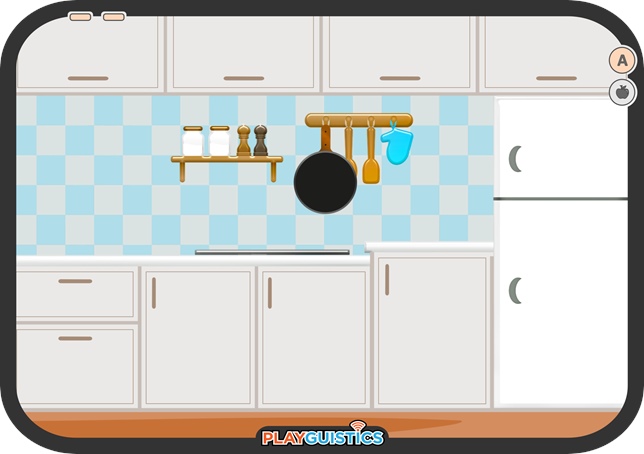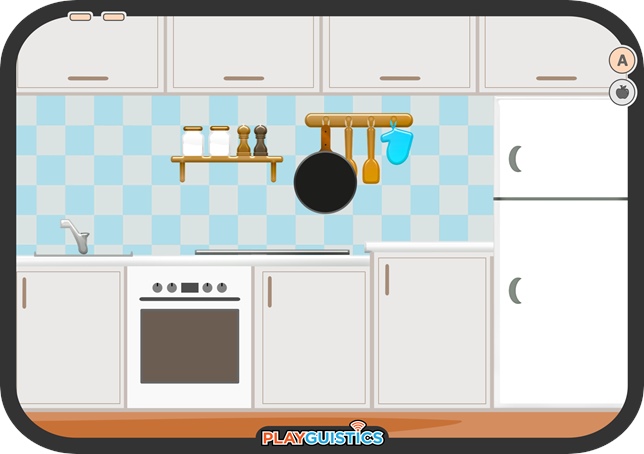About Activity
|
Overview Kitchen Cards is a game designed to provide students with practice using common kitchen objects and appliances. Students can play this game after memorizing only 8 nouns. Currently, there is one set of 16 cards available for this game. It's a deduction card game with several different vehicles on each card. Players need to use their verbal skills to deduce which of the cards laid out in front of them matches the "secret card" in their activity partner's possession, by using the sentence structure "Do you see a _________________ in the kitchen?" |
|
|||
|
Kitchen with a fridge,
|
Kitchen with a fridge, oven
|
|
How To Play Materials: Two identical sets of the 16 Kitchen Cards are needed for each pair of two participants. This means two sets of Set A. Time / Game Round: 1-3 minutes
For more detailed instructions for how to print, prepare, and introduce card-based deduction games like this one, click the blue button below. |
|
|||
Printing & Preparation Instructions
Words to Learn Before Playing
The Core Vocabulary Words listed below are all words that students should learn BEFORE playing this game. There is currently only one set of cards for this activity.
| Vocabulary Words Used in Activity | |||||||||
| Card Set A (16 Cards) | fridge, kitchen, oven, pan, pot, sink, shelf, stove | ||||||||
Words to Learn While Playing
The following words will be used to the play this game (with every available set of cards). However, these words don't need to be pre-taught. These words can and should be learned WHILE playing the game.
| Vocabulary Best Learned In Context | |||||||||
| Used With All Sets | a/an, card, do, don't I, in, is, no, see, the, this, yes, you, your | ||||||||
Sentence Patterns to Use While Playing
The following sentences and sentence patterns are recommended for use while playing this game. The best way to teach these sentences, is to use them in context while introducing the game and demonstrating how to play it.
| Standard Sentences and Sentence Patterns |
| Do you see a _________________ in the kitchen? |
| Yes, I do. / No, I don't. |
| Is this your card? |
| Yes, it is. / No, it isn't. |



